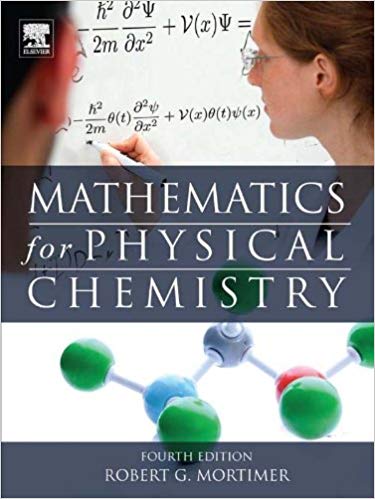Successive Approximations and the van der Waals Equation. In the ideal-gas equation, the number of moles per
Question:
(a) Show that the van der Waals equation can be written as
.PNG)
(b) The van derWaals parameters for hydrogen sulfide gas (H, S) arc a = 0.448 I€¢
m3/mol2 and b = 4.29 X 10-5 m3/mol Determine the number of moles per volume of H2S gas at 127"C and an absolute pressure of 9.80 X 105 Pa as follows: (i) Calculate a first approximation using the ideal-gas equation, n/V = p/RT.
(ii) Substitute this approximation for n/V into the right-hand side of the equation in part (a). The result is a new, improved approximation for n/V. (iii) Substitute the new approximation for n/V into the right-hand side of the equation in (a). The result is a further improved approximation for n/V. (iv) Repeat step (iii) until successive approximatiOO8 agrees to the desired level of accuracy (in this case, to three significant figures).
(c) Compare your final result in part (b) to the result p/RT obtained using the ideal-gas equation. Which result gives a larger value of n/V? Why?
Fantastic news! We've Found the answer you've been seeking!
Step by Step Answer:
Related Book For 

Question Posted:





